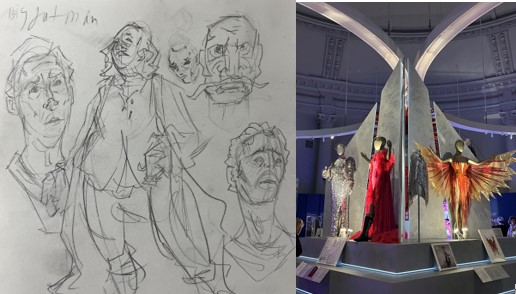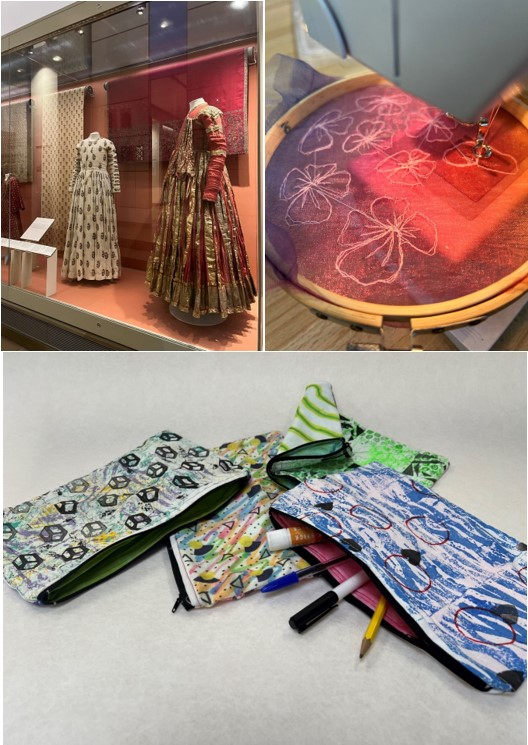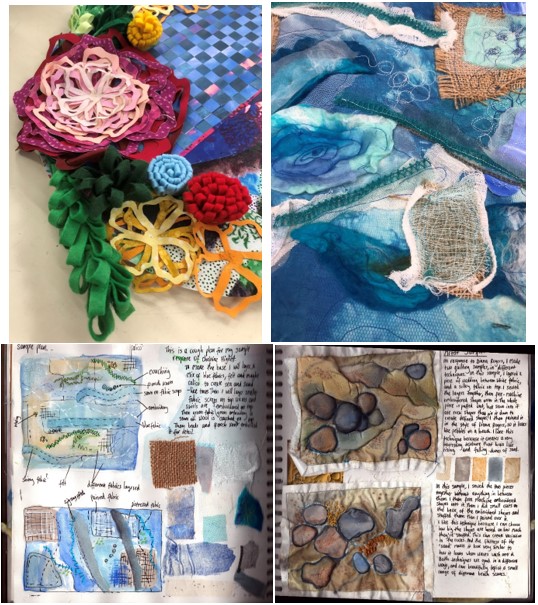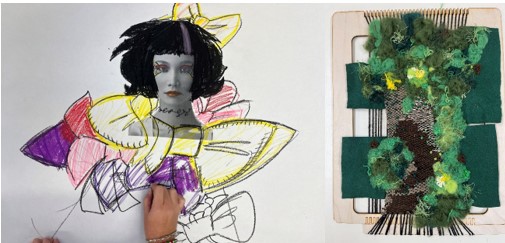Technology
Department Aims
The Design and Technology Department is made up of 4 areas:
- Design Technology
- Food Preparation and Nutrition
- Graphical Communication
- Textiles
All areas are taught to all students at Key Stage 3 on a carousel basis, and students can opt for one or more of the above at GCSE level and beyond. For further information please click a subject below:
Design Technology
Subject Vision
The Design Technology curriculum prepares children for life in a technological society by providing them with opportunities to combine practical and technological skills with creative thinking to design and make quality products that meet human needs wants and values. It teaches hands-on, practical skills, whilst also encouraging problem-solving, creativity, and teamwork.
Key Stage 3 Curriculum Overview
|
|
Year 7 |
Year 8 |
Year 9 |
|
Rotation 1 |
Properties of metals: Pizza Cutter
Understanding polymers: Mobile phone stand
Motions project Forces and Energy : Yo-Yo
|
Manufacturing + batch production: Pewter Casting
Thermoplastics: Plastic Spork
Mechanisms + electronic circuits: Battery Powered Car
|
Properties of timbers + recycling: Passive speaker
|
|
Rotation 2 |
|
|
Design and make project: Educational toy or game
|
Where does this subject lead me?
Students can choose to take a GCSE in Design Technology delivered by AQA. This qualification gives students the opportunities to design and create solutions to real life problems to prepare students for design careers in a modern and evolving society.
Students build upon skills and knowledge taught at KS3 Design and Technology and start to become more independent in their design decisions, learn to be problem solvers and critical thinkers. The GCSE course covers material areas such as polymers, wood, metal and electronics and CAD/CAM. The course also has a focus on modern technology methods, the global design industry, the environment and sustainability, ensuring students become responsible designers, ready for the world of work.
Key Stage 4 Curriculum Overview
|
|
Year 10 |
Year 11 |
|
Autumn 1 |
Soma Cube Project |
NEA |
|
Autumn 2 |
Box project |
NEA |
|
Spring 1 |
Lighting Project |
NEA |
|
Spring 2 |
Lighting Project |
Revision for Written Exam |
|
Summer 1 |
Practice NEA project |
Revision for Written Exam |
|
Summer 2 |
NEA |
|
How is the course structured?
During Year 10 students will learn about a range of materials and processes for timbers, metals, polymers and electronics through workshops and mini design, make and evaluate projects. The theory content of the course will also be covered throughout Year 10 and where relevant, link to the workshops and mini design and make projects.
Following the workshops and mini design and make projects, during Year 10 students will begin their Non-Examined Assessment which will continue throughout Year 11. Theory knowledge will continue to be reviewed and applied throughout Year 11.
How is GCSE Design Technology assessed?
The GCSE Design Technology grade is decided by a written examination which is worth 50%, and a Non-Examined Assessment is also worth 50% of the grade. This gives students the opportunity to demonstrate their practical skills alongside their knowledge of the subject.
Where does this subject lead me?
Upon completion of GCSE Design and Technology we offer A level Product Design delivered by AQA.
This A level builds upon skills and knowledge taught at KS4 but gives students more autonomy with their design and make tasks. The A Level theory work starts to expand students’ knowledge of design principles to equip them with the understanding needed to progress to degree or apprenticeship level. This course has strong links to science, engineering and includes a high proportion of maths skills.
Key Stage 5 Curriculum Overview
|
|
Year 12 |
Year 13 |
|
Autumn 1 |
Redesign the canteen project |
NEA |
|
Autumn 2 |
Redesign the canteen project |
NEA |
|
Spring 1 |
Design and make a multitool |
NEA |
|
Spring 2 |
Design and make a multitool |
Revision for Written Exam |
|
Summer 1 |
Practice NEA project |
Revision for Written Exam |
|
Summer 2 |
NEA |
|
How is the course structured?
During Year 12 students will develop their core skills in manufacturing materials in timbers, metals, polymers and electronics and apply these to real life contexts. Students will develop their design communication skills through more technical drawing techniques and CAD work. Students are expected to bring their own passion and creativity to the course to try and solve real life problems. These situations will prepare students for the future world in technology.
Following the workshops and mini design and make projects, during the summer term of Year 12 students will begin their Non-Examined Assessment which will continue throughout Year 13. Theory knowledge will continue to be reviewed and applied throughout Year 13.
How is A Level Product Design assessed?
The A level grade is decided by two written examinations which is worth 50%, and a Non-Examined Assessment is also worth 50% of the grade. This gives students the opportunity to demonstrate their practical skills alongside their knowledge of the subject.
Where does this subject lead me?
Upon completion of the A Level in Product Design students are well equipped to enter the world of work, complete an apprenticeship or go onto degree level. Career opportunities from this course include construction, manufacturing, design jobs, engineering, environmental careers, and jobs in the energy sector.
Careers Information
How to get a job as an engineer | targetjobs
Creative and design apprenticeships | UCAS
Design and technology careers support
Jobs that use Design and Technology – Careers – BBC Bitesize
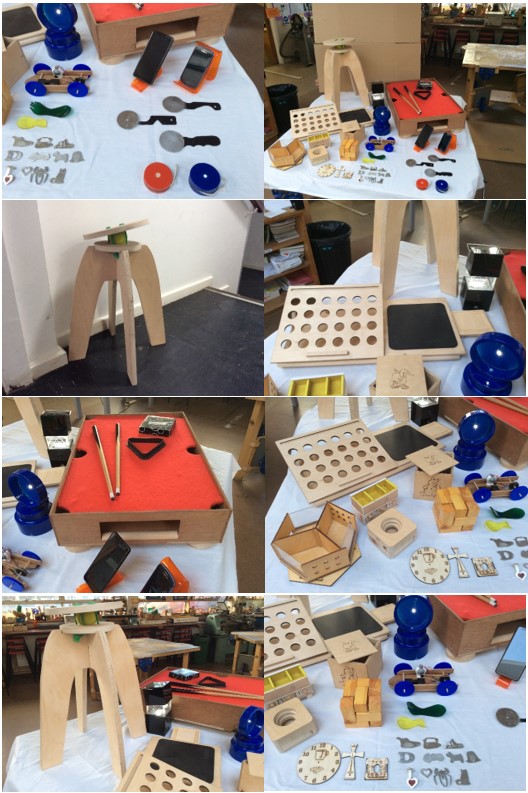
Food Preparation & Nutrition
Subject Vision
The intent of students learning about food, preparation, and nutrition is to equip them with essential knowledge and skills for leading a healthy lifestyle. Through this curriculum, students will gain an understanding of the principles of a balanced diet, as well as the science behind food processes. They will also learn the importance of safely handling high-risk foods. By engaging in varied levels of practical cooking experiences, students will develop both culinary skills and confidence in the kitchen. Ultimately, we aim to empower students to thrive independently by fostering their ability to make informed food choices and prepare nutritious meals.
Key Stage 3 Curriculum Overview
|
|
Year 7 |
Year 8 |
Year 9 |
|
Rotation 1 |
Health and safety, healthy eating and micronutrients |
Macronutrients |
Food choice, cultural Foods, technological developments |
|
Rotation 2 |
|
|
Food Science Investigations |
Where does this subject lead me?
Students can choose to take Food Preparation and Nutrition as a GCSE delivered by EDUQAS. This exciting and creative course focuses on practical cooking skills to ensure students develop a thorough understanding of nutrition, food provenance and the working characteristics of food materials.
The course builds upon prior knowledge given at KS3 so students can progress easily into the GCSE. The skills and knowledge embedded at KS3 are reinforced and extended within this programme.
Key Stage 4 Curriculum Overview
|
|
Year 10 |
Year 11 |
|
Aut. 1 |
Food Preparation, Nutrition and fruit and vegetables,
|
NEA 1: The Food Investigation Assessment
|
|
Aut. 2 |
Macronutrients: Starchy carbohydrates and cake making
|
NEA 1: The Food Investigation Assessment
|
|
Spring 1 |
NEA1 practice |
NEA 2: The food preparation assessment |
|
Spring 2 |
Proteins |
NEA 2: The food preparation assessment |
|
Summer 1 |
Macronutrients: Fats, Dairy and Sugars
|
Subject content revision |
|
Summer 2 |
NEA2 Practice |
Subject content revision |
How is the course structured?
In Year 10 students learn a variety of key skills and core knowledge required for the GCSE. Working in booklets provided students following topics from the Eat Well Guide and cook dishes linked to each section. Students also investigate the basic skills of pastry, cake making, sauces, breadmaking, butchery and pasta making. After Christmas students begin their PPE coursework and produce their NEA1 and NEA2. For both pieces of coursework students will be taken out of lesson to complete a practical exam.
In Year 11 students will begin with their actual GCSE coursework, their NEA1. This science experiment will be completed in class time as well as a period of time set aside for a practical exam. The NEA2 begins just before Christmas and students will have the opportunity to design three dishes and produce them in a three-hour cook. For both pieces of coursework the exam board, Eduqas, will provide topics for the students to follow. The NEA1 is worth 15% of their GCSE and the NEA2 is worth 35%.
Once the coursework is completed students will begin revision through a variety of different lessons on the lead up to their written paper which is worth 50% of their GCSE.
Where does this subject lead me?
Undertaking GCSE Food Preparation and Nutrition gives students the foundation knowledge and skills to go onto further study, apprenticeship or full-time career in the food and hospitality industry.
Careers Information
Education & Careers | Institute of Food Science and Technology
Careers in food - Food A Fact Of Life
Other Information
Eduqas Digital Educational Resources
Each year KS4 students are given the opportunity to have first hand food experiences which will support them in their coursework. This may include a visit from a chef, a trip to a restaurant or a cultural visit. Last year students went to London for a Street Food tour to complete primary research for their NEA2.
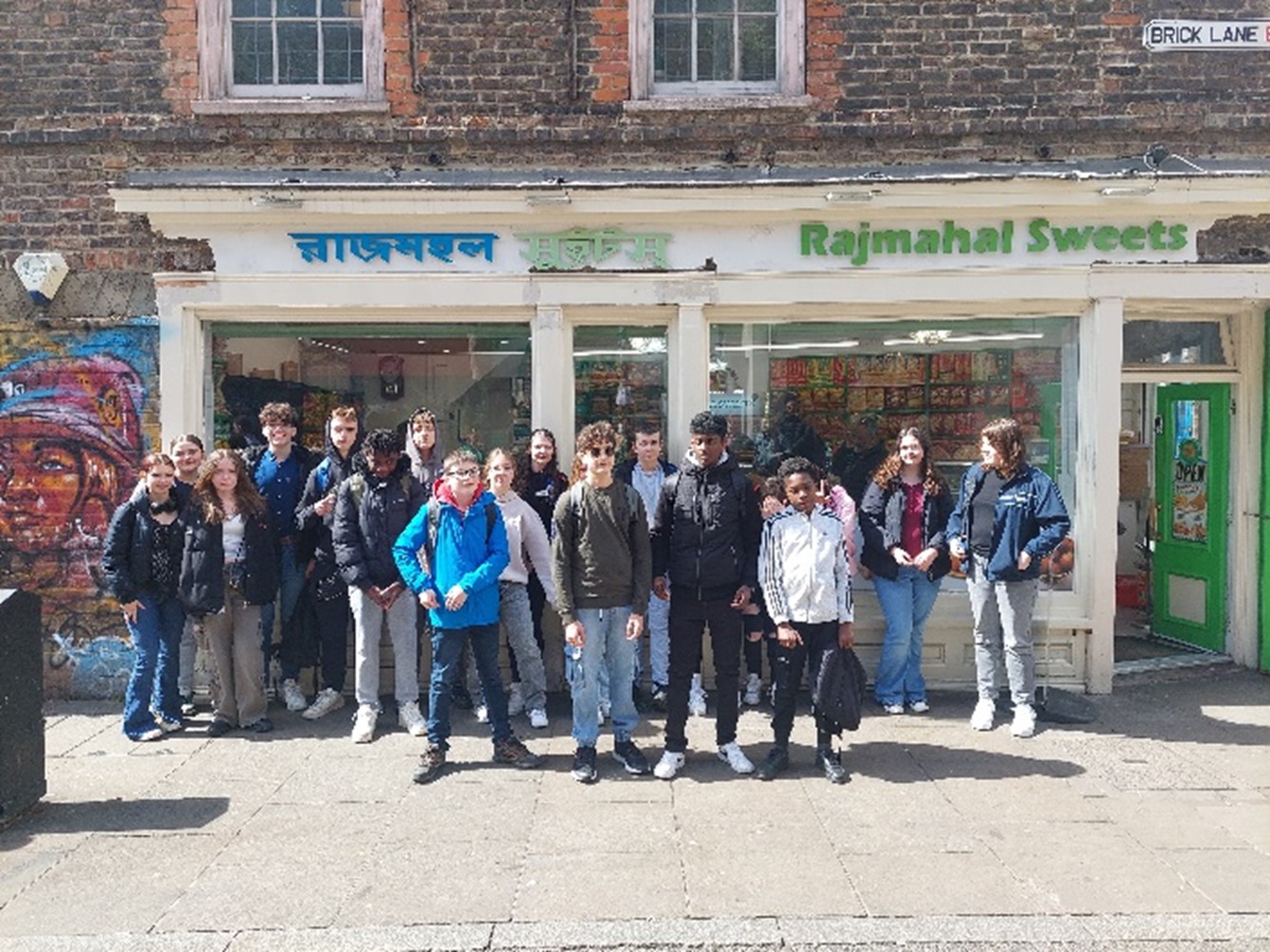
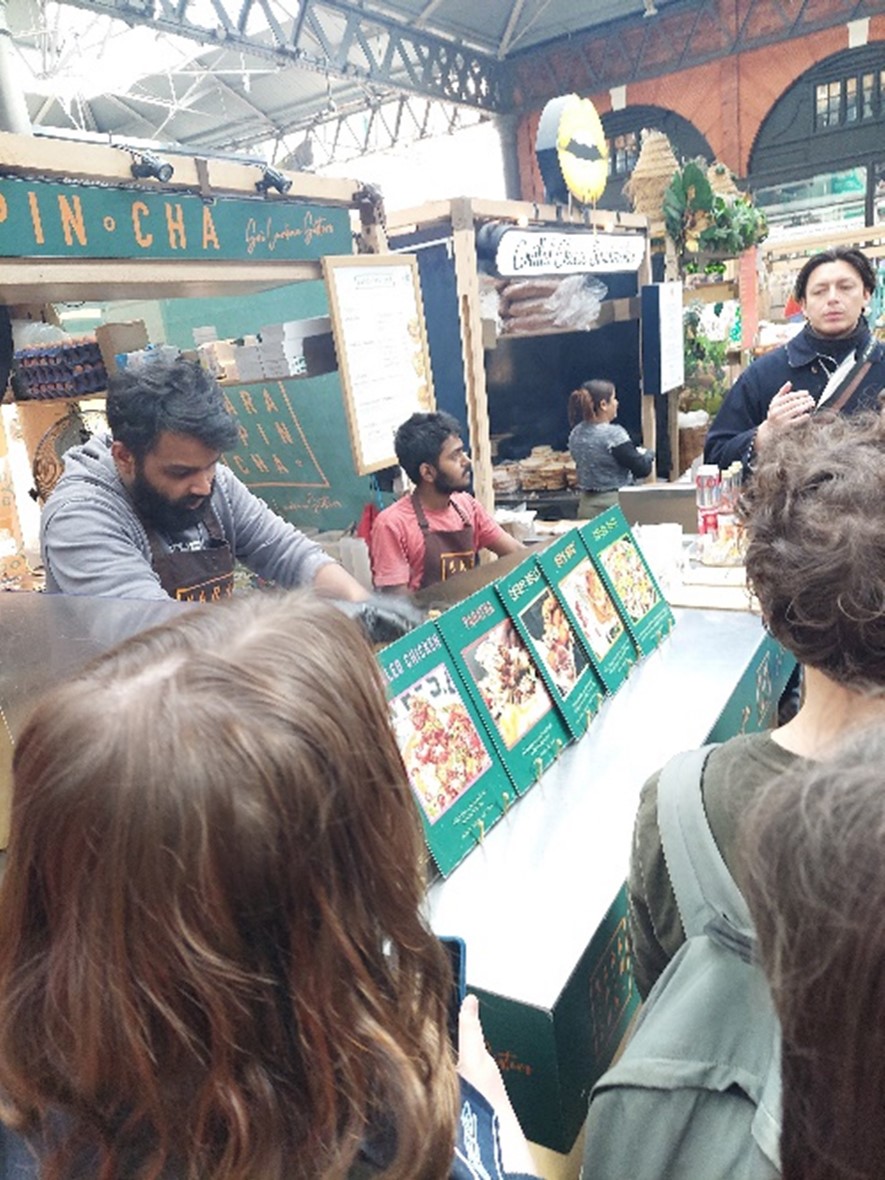
Graphical Communication
Subject Vision
Graphic Communication is centred around the need for students to understand the world around them in terms of advertising, image, politics and social issues. Graphic Communication prepares the students to learn a wide range of creative and production skills to enable them to process and produce their concepts. Students are encouraged to take notice of the world around them and use it as a focus for communicating a range of messages to inspire, educate and inform the target audience. The Graphics Studio is fully equipped with up-to-date design industry standard software, and additional hardware such as laser cutters are used frequently to produce prototypes.
Key Stage 3 Curriculum Overview
|
|
Year 7 |
Year 8 |
Year 9 |
|
Rotation 1 |
Drawing for communication |
Paper Engineering Symbolism in Graphics |
Digital Design – Logos and Typography |
|
Rotation 2 |
|
|
Advertising and animation project |
Where does this subject lead me?
At KS4 students can choose to undertake a GCSE in Art and Design: Graphic Communication. The course gives students an opportunity to explore and experiment with various styles of Graphics including design for print, advertising and branding, illustration, packaging design, typography, interactive design and multi-media. Students will develop skills in hand drawing, computer aided design, printing and design development skills. Students will understand the need for critical thinking and evaluation as they progress into becoming independent graphic designers.
Key Stage 4 Curriculum Overview
|
|
Year 10 |
Year 11 |
|
Autumn 1 |
Introduction to Graphics – skills based mini projects |
Component 1: Personal Project |
|
Autumn 2 |
Illustrated text project |
Component 1: Personal project |
|
Spring 1 |
Packaging Design Project |
Component 2: ESA project |
|
Spring 2 |
Packaging Design project |
Component 2: ESA project |
|
Summer 1 |
Self-portrait project |
|
|
Summer 2 |
Self-portrait project |
|
How is the course structured?
In Year 10 students are given guided practice opportunities to develop their skills and knowledge in different Graphic mediums and styles. They undertake in-depth projects which gives students time to be able to reflect and develop their work to a high standard. Students are encouraged to explore, experiment and refine their work culminating in final pieces which consolidate their skills and knowledge. Students develop their knowledge of the work of prolific artists and designers and the context behind the history of graphics and its impact.
The course is assessed through two coursework-based projects.
Component 1 is a Personal project in which students decide their own brief to explore and they choose their own mediums to communicate their ideas. Worth 60% of GCSE.
Component 2 is a Externally Set Assignment in which students have to respond to a brief set by the exam board. This is finalised in a 10-hour practical exam. Worth 40% of GCSE.
Where does this subject lead me?
This course leads seamlessly into the A Level Art and Design: Graphic Communication course.
Key Stage 5 Curriculum Overview
|
|
Year 12 |
Year 13 |
|
Autumn 1 |
Introduction to A Level Graphics – skills based mini projects |
Component 1: Personal Project |
|
Autumn 2 |
Book covers project |
Component 1: Personal project |
|
Spring 1 |
From Print to Press |
Component 2: ESA project |
|
Spring 2 |
From Print to Press |
Component 2: ESA project |
|
Summer 1 |
Component 1: Personal Project |
|
|
Summer 2 |
Component 1: Personal project |
|
How is the course structured?
A level Graphic Design builds on the foundation of KS 4, students are encouraged to be more reflective in their approach to build solid design practice. Projects include those based on examining culture and opinion, encouraging the young designers to find their ‘voice’ in a complex and ever-changing world. Core skills are further developed to build confidence and a more personal way of communicating. Students are given projects that aim to generate confidence in creative risk-taking, building their resilience in preparation for Higher Education in the creative field.
The course is assessed through two coursework-based projects.
Component 1 is a Personal project in which students decide their own brief to explore and they choose their own mediums to communicate their ideas. Worth 60% of A Level. Alongside the sketchbook students need to complete a 2000 word essay.
Component 2 is a Externally Set Assignment in which students have to respond to a brief set by the exam board. This is finalised in a 15-hour practical exam. Worth 40% of A Level.
Where does this subject lead me?
Upon completion of an A Level in Graphic Design students would have the entry requirements to progress to a Degree or Foundation course in Graphics, Digital Design, Illustration. Students would also be eligible for an apprenticeship or entry level career as a Graphic Designer. Careers in Graphic design are many and diverse, graphic designers are in high demand across a range of industries, whether it be advertising or film.
Careers Information
Graphic designer | Explore careers | National Careers Service
How to become a graphic designer
Graphic Design Apprenticeships (2024) | Best Apprenticeships
Jobs that use Art and Design - Careers - BBC Bitesize
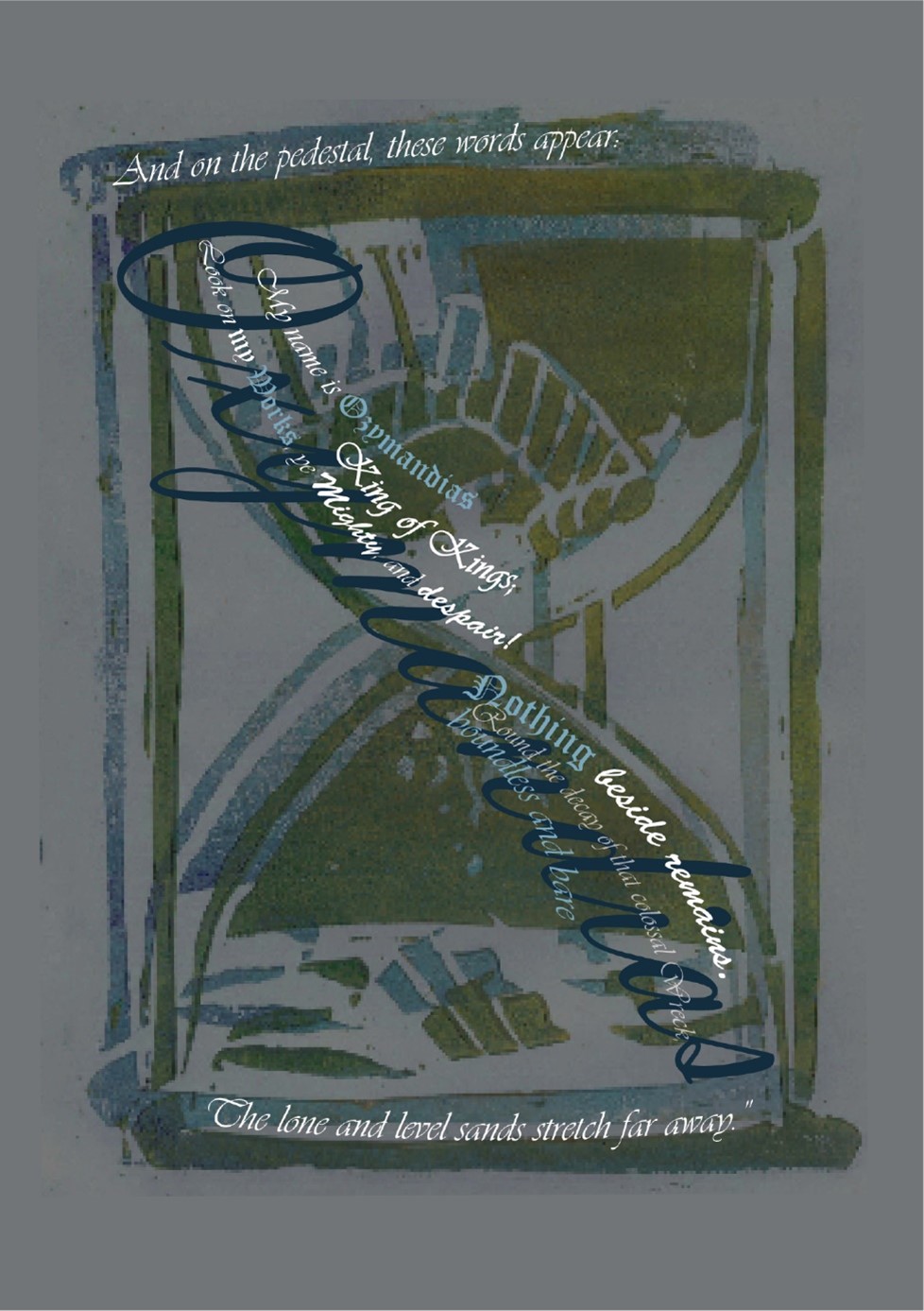
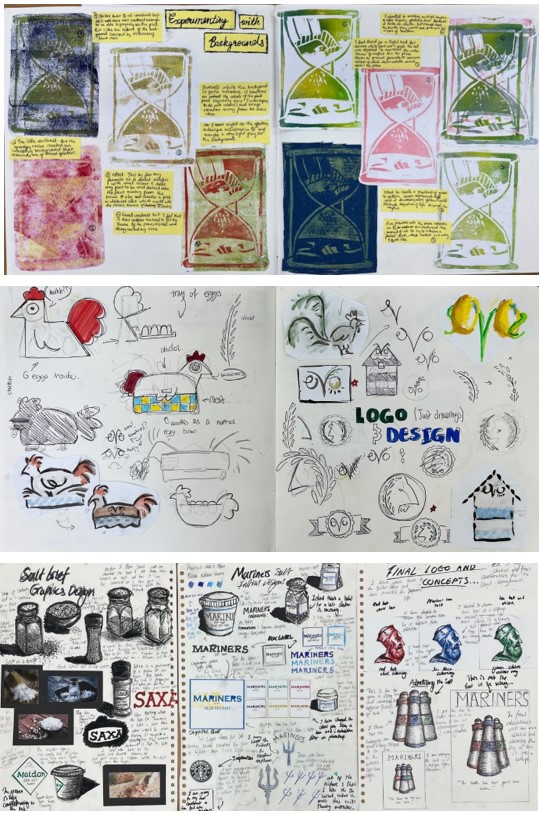
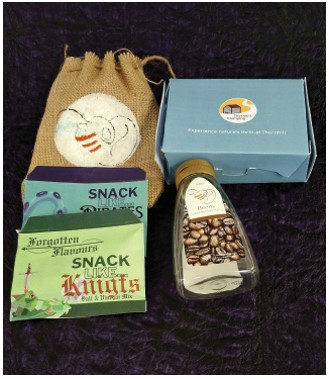
Textiles
Subject Vision
Drawing on cultural influences; students will explore how ideas, feelings, forms and purposes can inspire practical responses in the creation of designs for constructed, woven, knitted, stitched, printed or decorative textiles. This will give students a greater understanding of the world around them and develop their cultural capital. The intention of the course is to prepare students for further education and careers in a raft of different areas, like the creative industries, by developing skills which will foster independent thinking and working skills. Oracy and analysis skills are embedded throughout all Key Stages in the form of read and respond artist research tasks.
Key Stage 3 Curriculum Overview
|
|
Year 7 |
Year 8 |
Year 9 |
|
Rotation 1 |
Intro to textiles – fibres and fabrics |
Constructed Textiles |
Sustainable textiles |
|
Rotation 2 |
|
|
Embroidery Project |
Where does this subject lead me?
Upon completion of Key Stage 3 Textiles students have the opportunity to continue studying Textiles at Key Stage 4. The course offered is Art and Design: Textile Design delivered by AQA exam board.
Key Stage 4 Curriculum Overview
|
|
Year 10 |
Year 11 |
|
Autumn 1 |
Texture Project |
Component 1: Personal Project |
|
Autumn 2 |
Mini construction projects |
Component 1: Personal Project |
|
Spring 1 |
Pattern and Print Project |
Component 2: ESA |
|
Spring 2 |
Pattern and Print Project |
Component 2: ESA |
|
Summer 1 |
Bisa Butler project |
|
|
Summer 2 |
Component 1: Personal Project |
|
How is the course structured?
In Year 10 students develop their skills and understanding of varied textiles techniques and styles through mini projects. These projects teach students the key principles of how artists and designers work, this includes drawing, primary research skills, contextual students, development and refinement of ideas. Students are supported to develop their ideas through experimentation and exploration of techniques, using analysis and evaluation skills to produce considered responses to the starting point.
At the end of Year 10 students start their Component 1: Personal project which is worth 60% of the overall GCSE grade. In Year 11 students then complete Component 2: Externally Set Assignment in which they need to respond to a brief set by the exam board, with a 10 hour practical exam. This is worth 40% of the course.
Where does this subject lead me?
Upon completion of the GCSE in Textiles students will have the skills and knowledge to progress to the A level in either Textiles, Graphic Communication or Art.
Key Stage 5 Curriculum Overview
|
|
Year 12 |
Year 13 |
|
Autumn 1 |
Skills based project: Nature |
Component 1: Personal Project |
|
Autumn 2 |
Mini construction projects |
Component 1: Personal Project |
|
Spring 1 |
Fairytales and stories fashion |
Component 1: Personal Project |
|
Spring 2 |
Fairytales and stories fashion |
Component 2: ESA |
|
Summer 1 |
Surface Decoration Project |
Component 2: ESA |
|
Summer 2 |
Component 1: Personal Project |
|
How is the course structured?
The A level in Art and Design: Textiles is a coursework assessed course. In Year 12 students are taught high level textile skills and processes. Students are supported to analyse the work of influential artists and designers and develop their knowledge of important contextual factors within design history. In year 12 students undertake projects with varied themes and genres of Textiles such as print, fashion and embroidery to explore and experiment and find their passions and personal style within the textiles. At the end of Year 12 students start their first piece of assessed work where they undertake a sustained Personal Project of their choice, this is worth 60% of the A Level. Students also need to complete a 2000 word approx. essay which explains and supports the project. In Year 13 students then need to respond to a theme set by the exam board and complete a 15 hour practical exam, this is worth 40% of the A Level.
Where does this subject lead me?
Upon completion of the A Level in Textiles students will possess the skills and knowledge to progress to study Textiles, Design or Art at Higher Education level, a foundation course or careers within the art and design field.
Careers Information
Jobs that use Art and Design - Careers - BBC Bitesize
Find your perfect role in the creative industries - Creative Careers
Careers In The Fashion Industry - The Different Roles | Fashion Retail Academy
Other Information
At Key Stage 4 and 5 we offer students the opportunity to visit a museum or gallery to support their studies. Last year students visited the V&A to support their contextual, and historical understanding of the subject.
